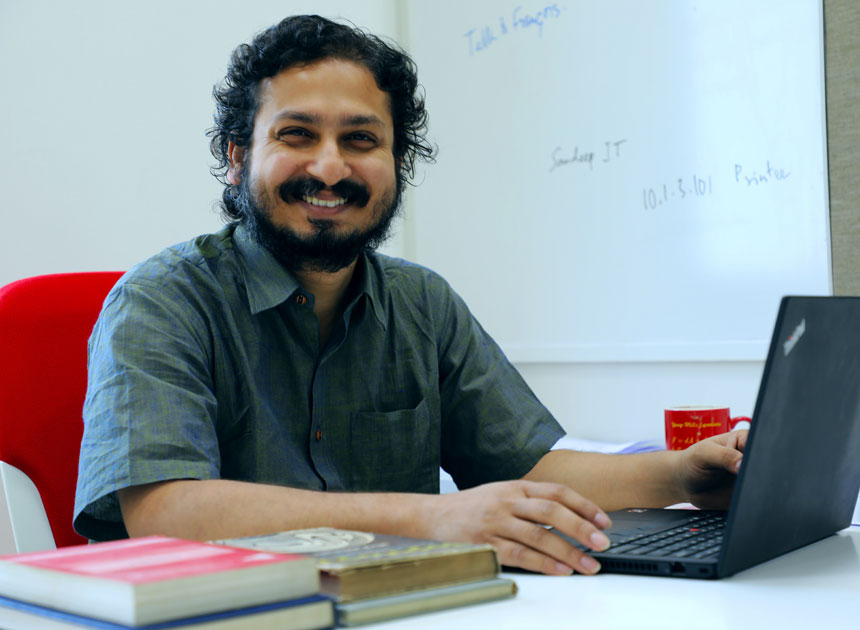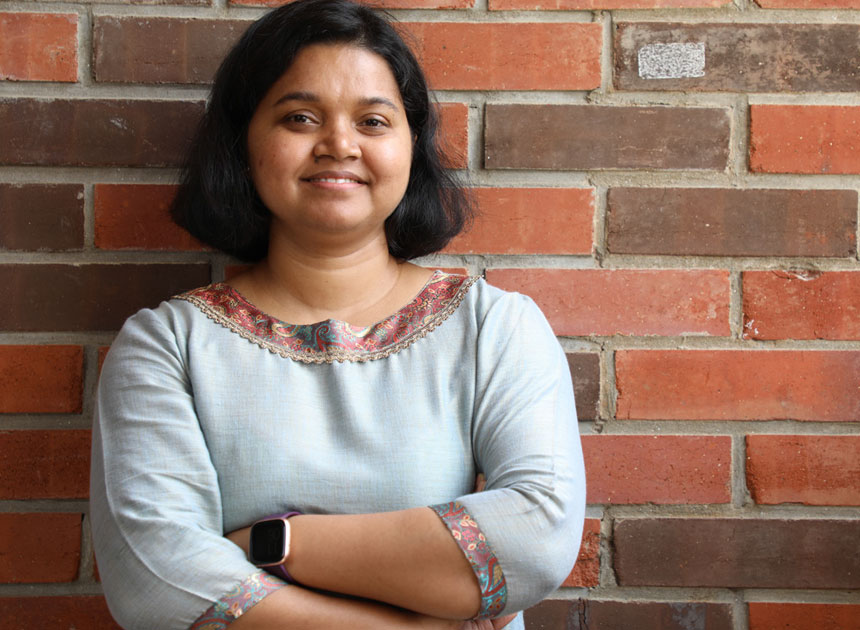
“We often hear that mathematics consists mainly of ‘proving theorems’. Is a writer’s job mainly that of ‘writing sentences’?” - Gian-Carlo Rota
In our search for explanations, humans often look for patterns and weave stories around them. It can be argued that all knowledge is created by weaving stories around observations from our day-to-day lives. These observations are combined with assumptions – which should conform to at least some of the observations. Together they make knowledge. Scientific disciplines are those parts of knowledge which try to tell stories with as few assumptions as possible. These assumptions which are used to explain scientific observations are called laws. The simpler the law, along with explanatory and predictive powers, the more fundamental that law becomes to the discipline.
Mathematics, in this regard is queer among the sciences. It deals with laws but in a more ambivalent manner. It checks for consistencies, not for truth. While in some cases, math does assume the laws obtained by other branches of science, it can also tweak those laws a little bit just for fun. Once the laws are assumed, it only cares about the consistency of those laws, and finding out possible conclusions which can be obtained by pure deductive reasoning starting from those basic laws. Mathematicians don’t care if the conclusions obtained by them stray away from ‘reality’. What matters is that the conclusions should be consistent with the assumptions they began with. If science is a photograph, then mathematics can be thought of as a painting. A painting with a style, a style that remains unbroken throughout the canvas.
A famous example of a mathematician examining the consistency of natural laws is Zeno of Elea (490-430 BCE). Among other things he argued that movement was impossible. His argument ran along the following lines – at any instant, any arrow, moving or otherwise, cannot be at two different places.
Hence, a moving arrow also stays at a fixed location in any given instant. The arrow at that particular moment is standing still at that location. Anything that stands still stays still. Hence, a moving arrow cannot move!
Another example – of mathematicians Stefan Banach and Alfred Tarski – shows just how much scholars of the discipline can stray away from reality in their quest for logical deductions. They argued that under the standard assumptions of mathematics, one can break up the solid ball of unit volume into finitely many pieces. These pieces can then be rearranged to obtain two solid balls, each of unit volume. You read it right, the volume doubles after rearrangement! Thankfully, quantum mechanics saved the day by pointing out that the ‘true’ laws of ‘reality’ are different from the laws made by ancient as well as 20th century scientists.
The above description of mathematics might portray practitioners as some kind of logical machines. But the truth cannot be further from that. For most part, as opposed to how mathematics is written or talked about, mathematicians work by a constant stream of trial and error, and through argumentations and refutations. Sadly, while writing mathematics, the tradition has always been to present the edifice only after the scaffolding has been removed. Beauty is as important to mathematics as is logic, maybe more. A poet will be illegible if they stray away from standard grammatical constructs, but sticking to grammar too might make for lousy poetry.
For the most part though, mathematicians spend their time trying to find the properties of the lines on a crumpled piece of paper; tiling of a plane; picturing the shape of a drum by just hearing its sound; figuring how knotty a knot really is; picturing the object obtained from gluing the faces of a pyramid with each other; the different possible kind of flows of air and water; the best possible course of action for a gambler; fixing the gerrymandering problem in the USA; or even the redemption of the Delhi traffic network!
So you see mathematics is not some monolith. The best way I can describe math is as some ‘abstract nonsense’ which has consistently been helpful for humans in their quest to understand the enigma of existence.
Sourav Ghosh is Assistant Professor of Mathematics. His research interests lie in the areas of geometry and topology.

Members of the ArtiVerse Club write about using art to make concepts in science accessible

Munmun Ghosh, Assistant Professor of Chemistry, writes about research that explores ways to create alternative sources of energy